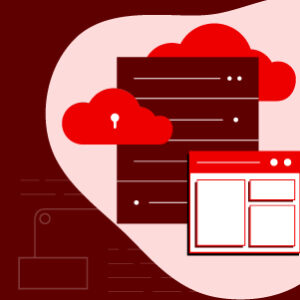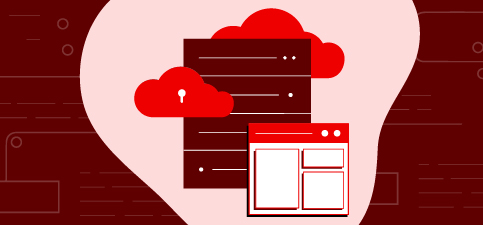Rapid IT advancements are spurring public sector teams to implement emerging technologies that can keep pace with the speed of innovation. For government agencies and systems integrators, changing and modernizing existing systems is an equally important and challenging task. While solutions exist that aid in modernization efforts, many of these appear broad and complex at first glance. It can be overwhelming to not only adopt these technologies, but also to understand what they do and how to use them.
Fortunately, onboarding new technologies isn’t always as complicated as one might think. This rings especially true when pairing interoperable solutions to simplify legacy modernization efforts. Automation and containers provide a combination that can increase team productivity, makes systems easier to operate, and allow organizations to run faster.
Automation and Containers: The Perfect Match
Even on their own, both automation and containers offer many benefits for legacy modernization. Automation is usually thought of as a broad topic, one where existing processes are improved and complexities are reduced. Typically, automation aids in cutting down manual work as it removes the potential for human error by having programs perform repeatable workflows across a variety of environments.
Containers are also envisioned as a way to optimize use of existing hardware, enhancing the features present to provide more capabilities now and into the future. With a platform such as Kubernetes, organizations can run more servers and have more apps in development than what their old systems offered.
When integrated, automation and containers help you realize the best of both worlds by providing organizations with the tools to do more with less and optimize software deployment processes. Automating an operating system that has security flaws allows systems integrators to simply press a button and deploy patches into the field, all within minutes of finding the original flaw.
Both also establish a baseline where programs and applications can work and run the same way even while operating in different environments. Not only are these processes automated, but deployment to support new situations, in areas outside of the core norm or public cloud, can be done while still maintaining consistency. Leveraging automation along with containers creates a foundation for multiple people to share and run enterprise-wide IT automation, centralizing operations and fostering collaborative modernization practices. No longer will existing systems and networks be siloed away from the rest of the organization, as automation and containers together enable connectivity within an existing infrastructure.
 Deploying Automation and Containers: Simpler than Ever
Deploying Automation and Containers: Simpler than Ever
As exciting and innovative as emerging technologies can be, solutions are only valuable if they can be operated at their full potential. While automation tools may vary, some are actually surprisingly easy to learn and simple to use—an individual can turn manual processes they do frequently into an automated solution. Now that manual task requires little more than a press of a button. Systems integrators and IT organizations can take that a step further and leverage a platform revolving around automation. The automation platform can then be a foundation for multiple people to share and run automations across an organization. Now as modernization takes place, this platform provides for a centralized common place for automation management and fosters a collaborative practice for process improvement.
Container platforms have been tested and utilized for close to a decade and the setup process has progressively gotten easier along the way. Today, some platforms can operate on any cloud and feature automated installation to get organizations up and running with Kubernetes. Additionally, with industry partnerships between enterprise Kubernetes distributions and different leading cloud providers, a container platform can be ordered ready to go, and operated as a managed service, from Amazon and Microsoft Azure.
Become Cloud-Native with Automation and Containers
IT automation and containers help systems integrators in their journey to become cloud-native, continuing to provide simplicity towards achieving this goal. While valuable additions to any team on their own, together automation and containers provide new ways of improving and accelerating application delivery that help move technology and teams closer to a cloud-native architecture.
For example, teams structured around building software may traditionally be siloed, with many individuals writing code for a single app server – this requires a large integration effort and a high amount of coordination to release software. In a cloud-native system, teams become more agile as they collaborate through the capabilities a container platform provides. Suddenly, deploying code is done within seconds, and automated pipelines release software more quickly than a team of individuals. With an interoperable and flexible platform, solutions can run anywhere and reduce development costs, enabling more time and effort to be spent towards implementing team objectives.
Culture, process, and technology all play a vital role in modern IT solutions. Technology may often receive the limelight, but ultimately, it is the people who work with technology that are the backbone. Automation and containers can ease the resistance many may feel towards modernization initiatives, and help those involved in IT do their jobs better than before. In the shift towards becoming cloud-native, enterprise open source container orchestration platforms make modernization efforts less of an impossible feat and more of an easy-to-reach reality.
Download our eBook, “The Five Elements of DevSecOps Transformation,” to learn more about Red Hat’s insights on people, processes and technology within this space.







